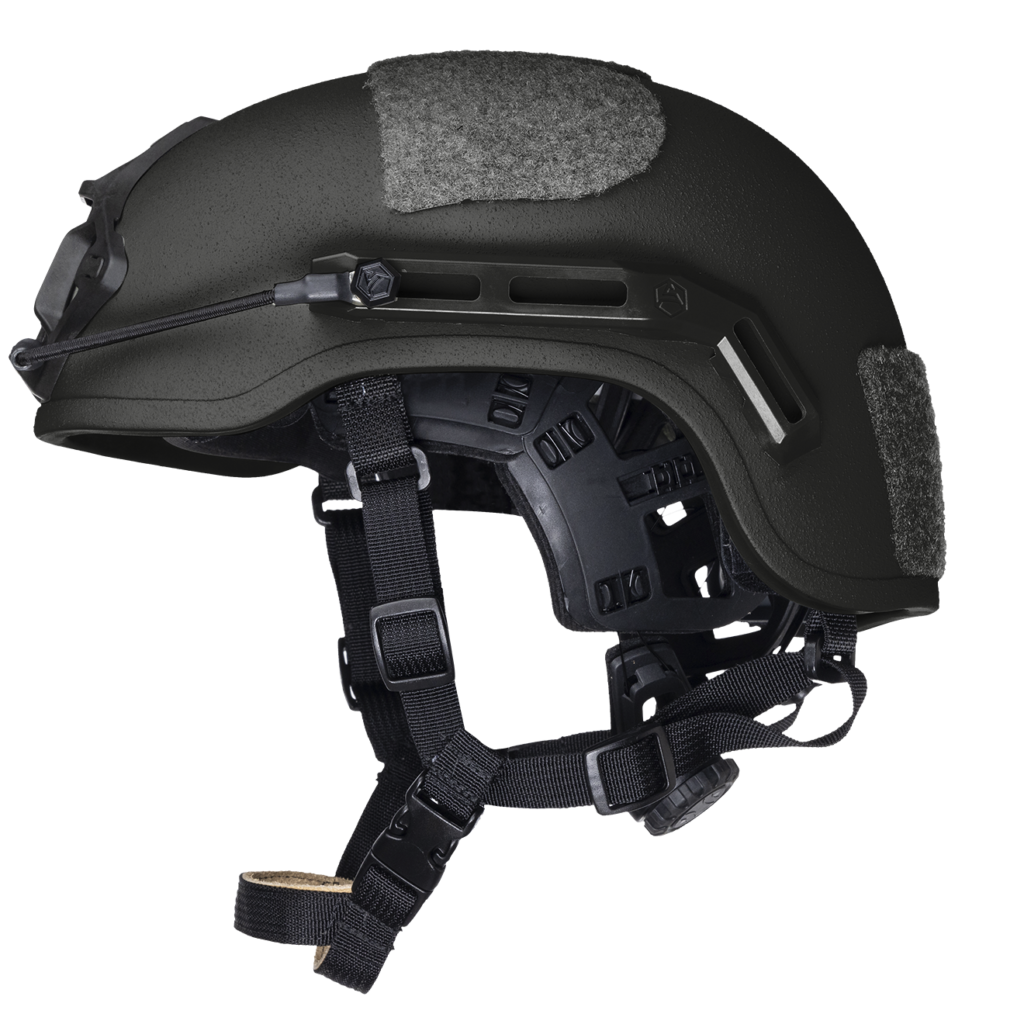Next-Gen Helmet Reduces Weight, Increases Protection
Source: National Defense

ARLINGTON, Virginia — An Ohio-based ballistic helmet manufacturer is hoping to provide the military with a revolutionary balance between protection and comfort.
ArmorSource has introduced its next-generation Aire System, a helmet that offers six different shells that use new lightweight materials. In addition to the shells, the system includes an ultra-lightweight helmet mount and multiple helmet accessories designed to provide maximum protection and comfort, said Nick Gramly, ArmorSource’s vice president of technology.
Aire System uses next-generation materials that have allowed the company to reduce the helmet system’s weight — in some cases as much as 20 percent — without sacrificing protection or performance, he said. The company used its own research dollars to develop the product, he said.
Historically, military combat helmets have been produced using aramid, a woven fabric, Gramly said.
Aramid synthetic fibers — a class of protective material widely used in the past — “was great back in the 1980s,” he said. Advances in material technology spurred ArmorSource to pursue changes to the traditional construction that “really push the envelope for performance and weight,” he said.
Generally, the Defense Department prioritizes protection over comfort with new products, Gramly said. ArmorSource’s aim is to demonstrate they can have it both ways.
“From our perspective, we want the user not really to notice that they’re wearing a helmet,” said Gramly. “We want it to be so comfortable, they don’t even think about it.” When they think about it, it compromises the mission, he added.
“When it becomes uncomfortable, it’s a distraction,” he said. “And we don’t want them to have to share their attention from what their mission is to adjusting their helmet.”
The system will also allow users to withstand longer mission profiles, which are becoming more common, Gramly said. Two-to-three-hour missions used to be the norm, but now there are many scenarios where users could be wearing a helmet for eight hours or more, he said.
“So, it’s that much more important that it is something that they can deal with over the course of that long mission,” he said.
Old technology even prompted some users to remove their helmet “because it becomes so uncomfortable, and now they’re no longer protected,” Gramly said. “That’s the last thing we want to happen.”
